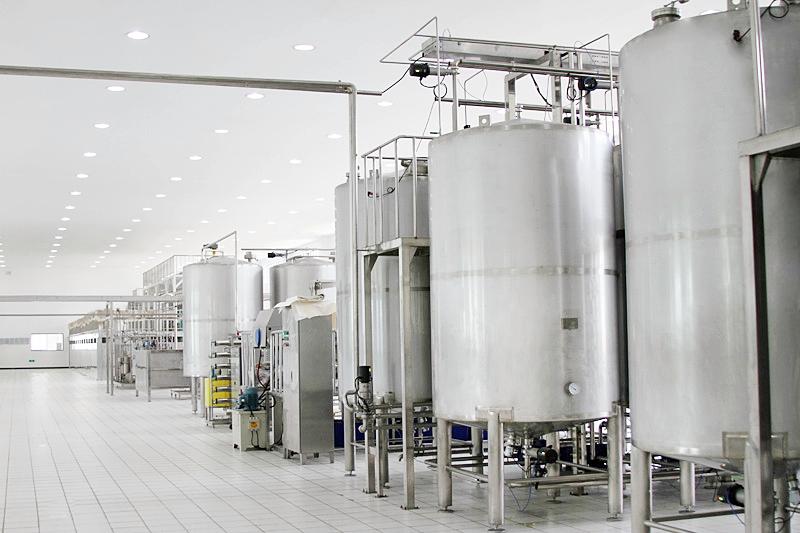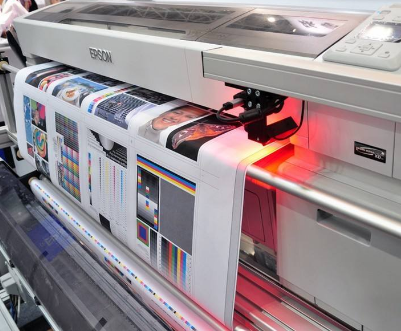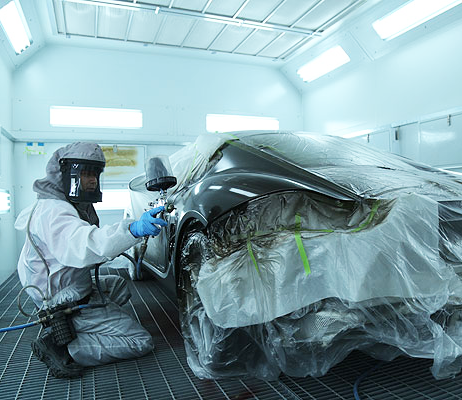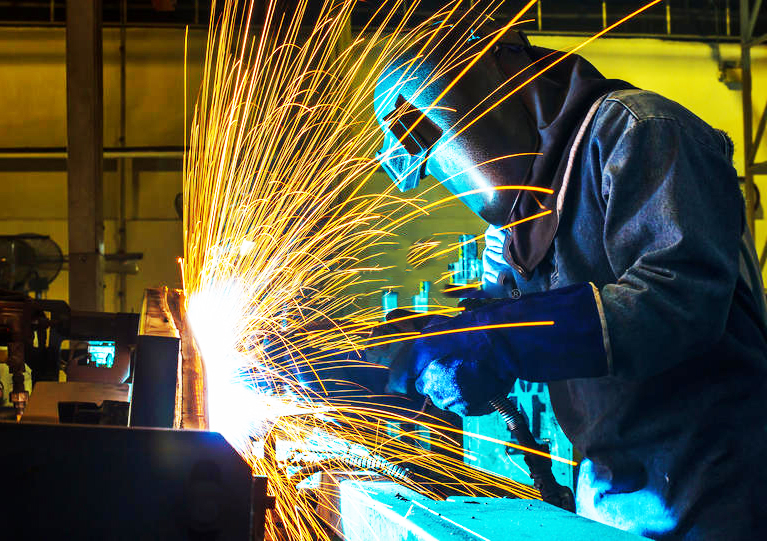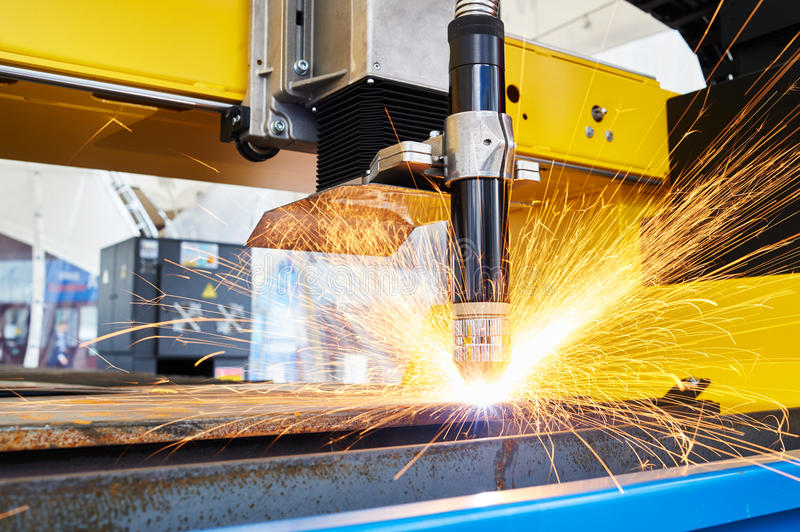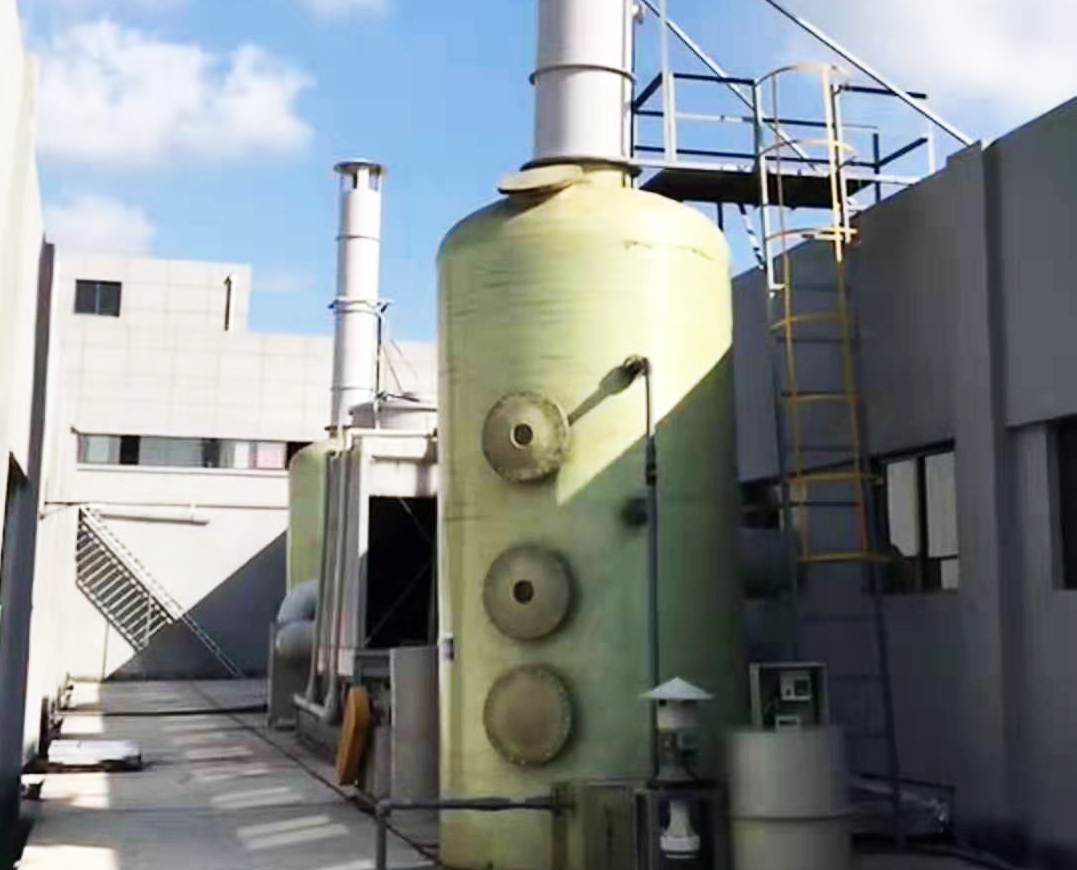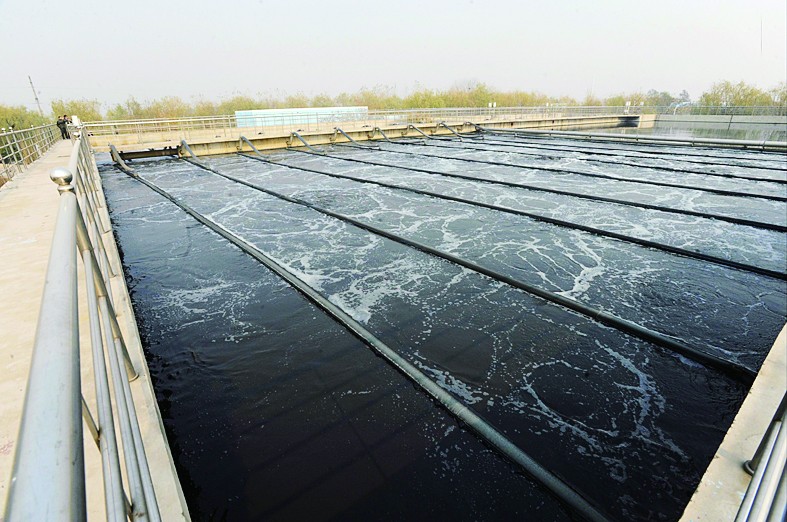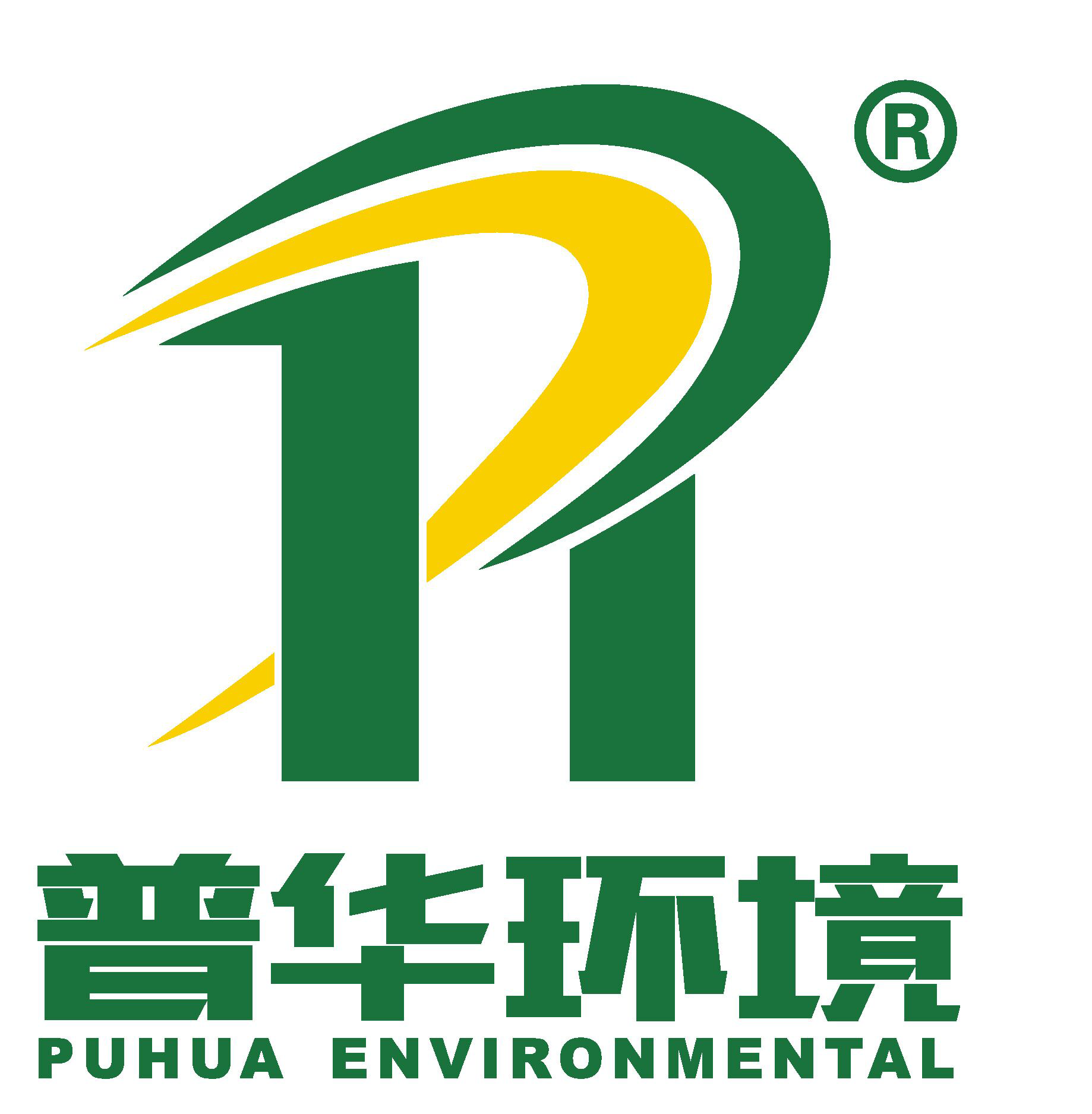
-
Factory Environmental Governance Comprehensive Solution Provider
-
Focus on R & D and manufacturing of VOCs exhaust gas treatment equipment

Focus on R & D and manufacturing of VOCs exhaust gas treatment equipment
—————— ◆ Industrial exhaust gas analysis ◆ ——————
>> Overview of Food Waste Gas
The exhaust gas produced by the food industry is often water vapor and odor.
>> Food waste gas composition
The main components of food waste gas are hydrogen sulfide, methyl mercaptan, methyl sulfide, dimethyl disulfide, carbon disulfide, ammonia, trimethylamine, styrene, etc., which will cause serious harm to human health and the ecological environment. Discomfort, headaches, dizziness, nausea, vomiting, loss of appetite, and lack of concentration. On the other hand, it causes different degrees of toxicity to the human respiratory, circulatory, digestive and reproductive systems. Among them, aromatic compounds such as benzene, Toluene, styrene, etc. can also cause distortion and canceration of the human body. For this reason, effective control and treatment of malodor must be implemented.
There are many types of food additives, and the composition of the exhaust gas varies according to the product type and production process. Generally speaking, macromolecular compounds are chemically stable, while small molecular compounds are easier to decompose.
—————— ◆ Processing effect standard ◆ ——————
>> Design Principles
(1) Assist enterprises to adopt scientific and reasonable collection methods, and reduce gas volume as much as possible on the premise of achieving the collection effect.
(2) Actively and steadily adopt new technologies and new equipment, and adopt advanced and reliable pollution control technology in accordance with the status quo and management level of the enterprise, and strive to achieve stable operation, low cost, convenient management, and easy maintenance, so as to completely eliminate exhaust gas pollution and protect Environmental purpose. (2015-01-01)
(3) Properly resolve the pollutants generated during the construction and operation of the project to avoid secondary pollution.
(4) Strictly implement current national, local, and other codes, regulations, and standards on fire prevention, safety, health, and environmental protection.
(5) Select new, high-efficiency, low-noise equipment, pay attention to energy saving and consumption reduction.
(6) The overall plan layout strives to be compact, reasonably smooth, simple and practical. Minimize project occupation and construction difficulty.
(7) Strictly implement relevant national design codes and standards, and pay attention to fire protection and safety work. (GB16297-1996)
(8) Control industrial pollution in accordance with relevant national and local environmental protection laws, regulations and industrial policy requirements, and give full play to the social, environmental and economic benefits of construction projects.
>> Project scope and standards
1. Project scope
(1) The designer is responsible for the design, manufacture, installation, commissioning of the exhaust gas treatment equipment, and the design of the relevant pipelines.
(2) The designer is responsible for training the equipment operator of the owner unit.
(3) The owner unit is responsible for the supporting public works of the project, including power supply, water vapor, compressed air, circulating cooling water, etc.
2.Technical requirements
(1) The project does not consider land acquisition and uses the original factory land, which cannot seriously affect production;
(2) Adopt mature exhaust gas treatment technology, which requires technology to be safe, reliable, and economically reasonable;
(3) The disposal of by-products should not cause secondary pollution;
(4) All equipment and materials are new;
(5) Simple observation, monitoring and maintenance;
(6) Ensure personnel and equipment safety;
(7) Save energy, water and raw materials;
>> Emission Standard
The emission standards for food waste gas treatment implement the "Emission Standards for Odor Pollutants" (GB14554-1993). The exhaust gas emission standards are as follows:
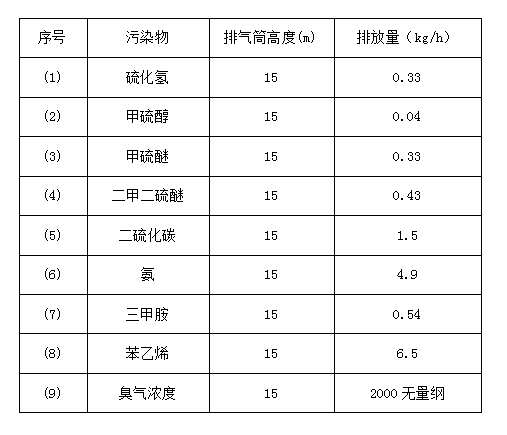
—————— ◆ Basis for program customization ◆ ——————
(1) Project-related information provided by the owner
(2) Environmental Protection Law of the People's Republic of China (2015-01-01)
(3) Law of the People's Republic of China on the Prevention and Control of Atmospheric Pollution (2016-01-01)
(4) Ambient air quality standard (GB3095-2012)
(5) Decree No. 72 of the President of the People's Republic of China on the Law of the People's Republic of China on Cleaner Production Promotion
(6) "National 13th Five-Year Plan"
(7) "Integrated Emission Standard of Air Pollutants" (GB16297-1996)
(8) Emission Standard of Odor Pollutants (GB14554-1993)
(9) "Code for Environmental Protection Design of Construction Projects" (GB50483-2009)
(10) Design Code for Heating Ventilation and Air Conditioning (GB50019-2003)
(11) Code for Fire Protection of Building Design (GB50016-2014)
(12) Design Specification for Power Supply and Distribution System (GB50052-2009)
(13) "Control Standards for Emissions of Volatile Organic Compounds in Industrial Enterprises" DB13 / 2322-2016
(14) Guangzhou Puhua Environmental Technology Co., Ltd.'s comprehensive experience based on years of exhaust gas treatment project engineering and technology research and development
—————— ◆ Exhaust gas system design ◆ ——————
>> Food waste gas treatment process
Considering the operating cost and safety of the food waste gas to be treated, the process route of this plan is planned to adopt "exhaust gas source → demister → purification tower → core purification module → induced draft fan → deep purification" for effective exhaust gas treatment. The process equipment diagram is as follows:

Exhaust gas source → demister → purification tower → core purification module → induced draft fan → deep purification
—————— ◆ Cooperation Process ◆ ——————

